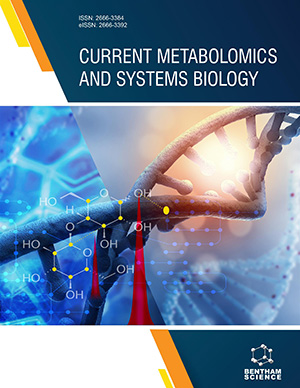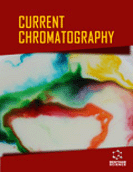Abstract
New class of nanocarbon materials, such as luminescent carbon quantum
dots (CQDs) has gained a great deal of interest in the area of electrocatalysis, solar
cells, bioimaging nanomedicine, a chemical sensor and a light-emitting diode. CQDs
exhibit good physio-chemical properties, such as photoluminescence, high
crystallization and good dispersibility. The rapid electron transfer, small size and
superconductivity of CQDs provide the CQDs-based composite offering enhanced
catalytic activity and electric conductivity. However, additional active moieties are
present on the surface, which might aid in the formation of multi-component
electrically activated catalysts. Additionally, the multi-component catalysts' internal
interactions promote charge transfer and catalytic efficiency, both of which are
essential for electrochemistry. Therefore, keeping in mind the importance of CQDs,
they are synthesized on the basis of two approaches: Top-down and Bottom-up. The
bulk material is reduced in size by utilizing chemical and physical processes in the top-down approach. On the contrary, in the bottom-up method, the atoms are assembled
and converted into CQDs using polymerization and carbonization through a chemical
reaction. Hence, in this chapter, we will discuss the synthesis techniques for CQDs,
such as hydrothermal/solvothermal method, laser ablation, arc-discharge method,
acidic oxidation, thermal/combustion routes, electrochemical method and microwave
pyrolysis method.






















